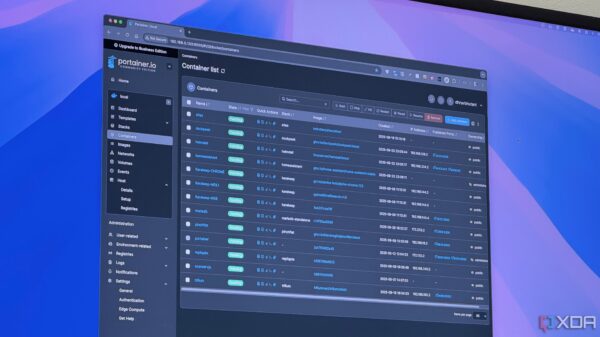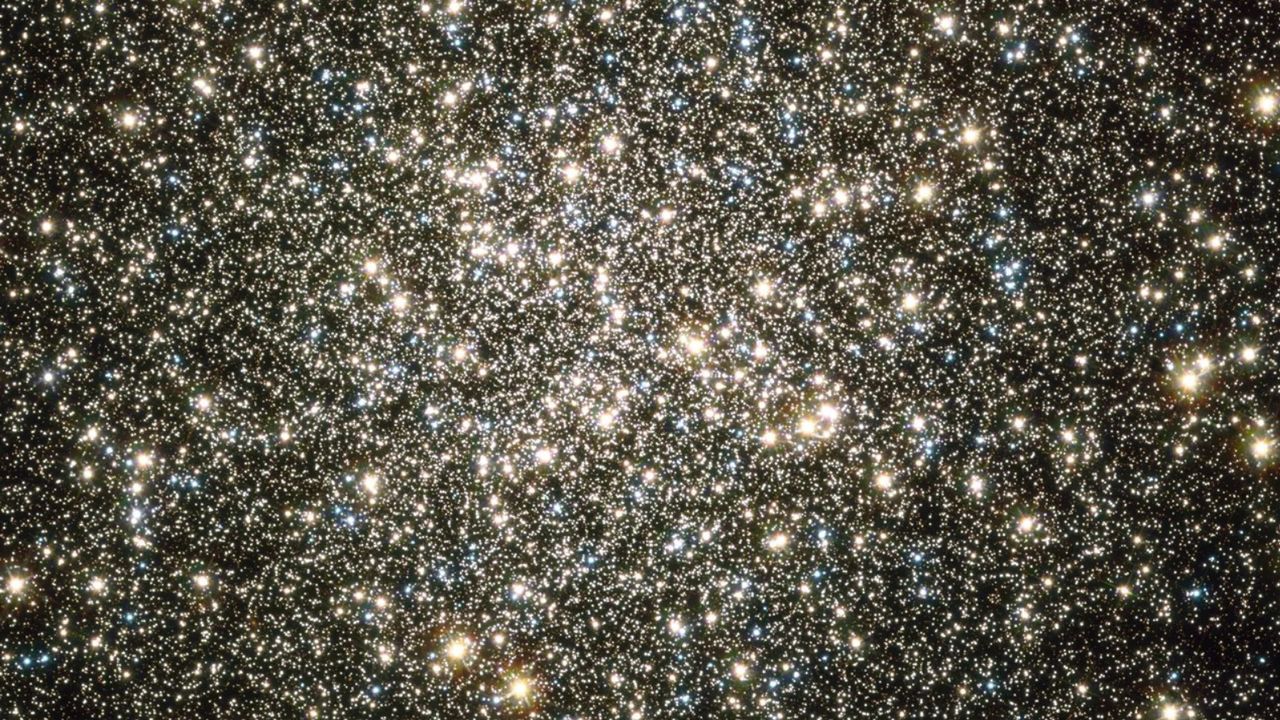As August 2025 approaches, northern-hemisphere skywatchers can look forward to clear summer nights perfect for observing three remarkable star clusters. These celestial formations, known as the Hercules Cluster, the Hyades, and the Pleiades, offer a spectacular view for both seasoned astronomers and casual stargazers alike.
The Hercules Cluster: A Glimpse into the Past
The Great Hercules Cluster, or Messier 13, lies approximately 25,000 light-years from Earth in the constellation Hercules. This globular cluster contains around 100,000 stars and can be found between the prominent stars Vega and Arcturus. To locate it, look for the diamond-shaped formation known as the “Keystone,” which is asterism formed by four stars at the heart of the constellation.
After sunset, the cluster becomes visible. Stargazers can enhance their viewing experience using binoculars or telescopes, which will bring the cluster’s ancient light into sharper focus. The Hercules Cluster is an excellent example of the beauty and complexity of our galaxy, showcasing the tightly bound nature of globular clusters.
Finding the Hyades and Pleiades Clusters
The Hyades open star cluster, located just 150 light-years from Earth, is one of the nearest clusters and can be easily spotted in the eastern sky during early morning hours. It resembles a sideways “V” formation, representing the face of the bull in the Taurus constellation. Although Aldebaran, a red star that appears to be part of the cluster, is often associated with it, Aldebaran is located only 65 light-years away.
Not far from the Hyades is the Pleiades open star cluster, also known as M45, which hosts over 1,000 stars. When viewed through binoculars, its seven brightest stars dominate the scene, earning it the nickname “Seven Sisters.” In mid-August, this stunning cluster will be positioned about 10 degrees above the Hyades, making it an ideal target for early risers.
For those eager to explore the night sky, a pair of 10×50 binoculars can significantly enhance the viewing experience, allowing stargazers to see the individual stars within these clusters. Telescopes with an aperture of at least 6 inches will reveal even more detail, showcasing the beauty of these stellar cities.
As the month progresses, enthusiasts should take the opportunity to adapt their eyes to the dark for at least half an hour and use averted vision—focusing slightly off-center—to spot these clusters more easily.
For those interested in astrophotography, various resources are available to help capture the stunning beauty of these celestial formations. Stargazers can also explore the best telescope and binocular deals available in 2025 to enhance their experience.
In summary, August 2025 presents a unique opportunity for skywatchers to appreciate the grandeur of the Hercules Cluster, the Hyades, and the Pleiades. Each offers a glimpse into the vastness of our universe and the incredible phenomena that reside within it.







































































